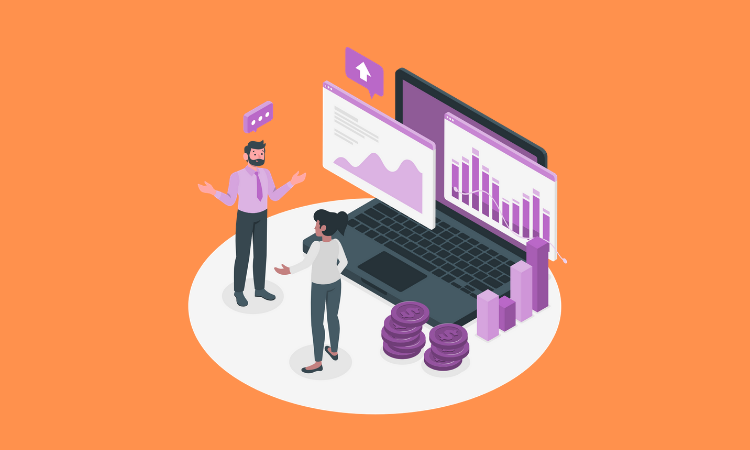Sponsored by Q2
‘People don’t want just another card’: Q2’s Ahon Sarkar on how banking as a service changes the economics of serving the underbanked
- The underbanked have been underserved because of a broken economic model.
- Banking as a service changes the math, enabling new providers to innovate new products at a lower cost.









